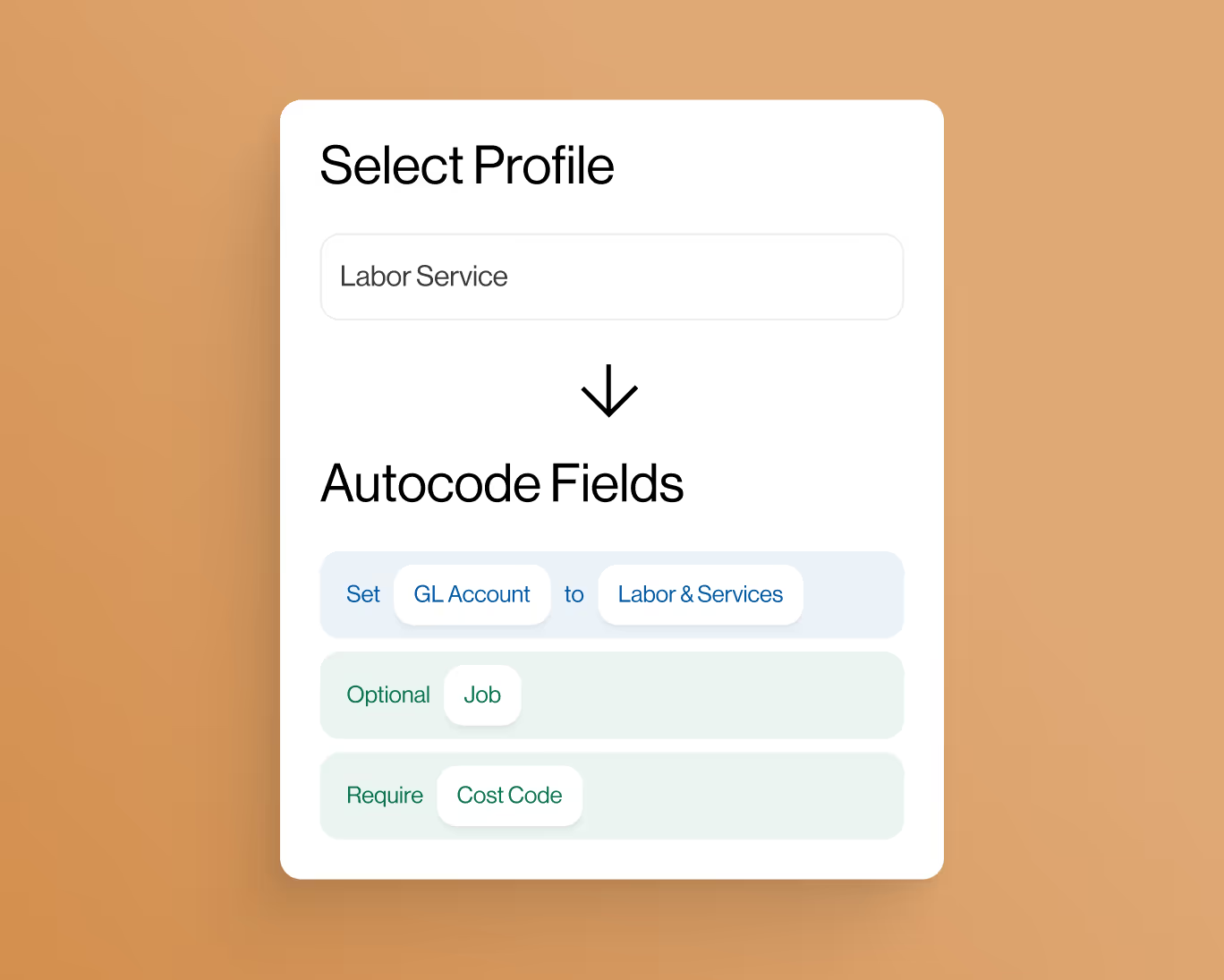Cash Flow Hedge in Construction: Understanding Its Importance and Implementation
In the construction industry, managing financial risks is crucial for the successful execution of projects. A "Cash Flow Hedge" is a risk management strategy used by construction companies to protect against fluctuations in cash flows caused by uncertain future cash flows, such as those arising from variable interest rates or foreign currency exchange rates. Cash flow hedging involves using financial instruments, such as forward contracts or options, to offset the impact of these cash flow uncertainties. By implementing cash flow hedges, construction companies can reduce the volatility of their cash flows, ensuring stable financial performance and mitigating the risk of unexpected financial challenges during project execution. In this blog post, we will explore the importance of cash flow hedges in construction and discuss key considerations for their implementation.
Importance of Cash Flow Hedge in Construction
Cash Flow Hedge holds significant importance in the construction industry for the following reasons:
1. Risk Mitigation
Cash flow hedges help construction companies mitigate the risk of cash flow fluctuations caused by interest rate changes or currency exchange rate fluctuations.
2. Budget Stability
By implementing cash flow hedges, construction firms can achieve greater budget stability and predictability, even in volatile market conditions.
3. Financial Planning
Cash flow hedges enable construction companies to plan their finances more effectively, ensuring that sufficient funds are available for project expenses.
4. Project Profitability
Stable cash flows resulting from cash flow hedges contribute to project profitability by reducing the impact of financial uncertainties on the project's financial performance.
Implementation of Cash Flow Hedge in Construction
Implementing an effective cash flow hedge in construction involves the following key considerations:
1. Identify Cash Flow Risks
Identify the specific cash flow risks that the construction company wants to hedge, such as interest rate risk or foreign exchange risk.
2. Develop Hedge Strategy
Develop a comprehensive hedge strategy that outlines the financial instruments to be used, the hedging period, and the desired level of protection.
3. Choose Appropriate Financial Instruments
Select appropriate financial instruments, such as forward contracts or options, that align with the identified cash flow risks and the company's risk tolerance.
4. Monitor and Adjust
Regularly monitor the performance of the cash flow hedge and be prepared to make adjustments if market conditions or project circumstances change.
5. Compliance and Reporting
Ensure compliance with relevant accounting standards and regulatory requirements for cash flow hedging and provide accurate reporting of hedge effectiveness and impact on financial statements.
Conclusion
Cash Flow Hedge is a valuable risk management strategy in the construction industry, providing protection against cash flow fluctuations caused by interest rate changes or currency exchange rate fluctuations. By implementing cash flow hedges, construction companies can achieve greater budget stability, mitigate financial risks, and enhance their financial planning. Proper identification of cash flow risks, development of a comprehensive hedge strategy, and careful selection of financial instruments are essential for successful cash flow hedging. Regular monitoring and compliance with accounting standards ensure the effectiveness of the cash flow hedge and accurate financial reporting. Embracing cash flow hedging as part of risk management practices can contribute to the financial resilience and success of construction projects, providing construction companies with a competitive advantage in the ever-changing construction market.










